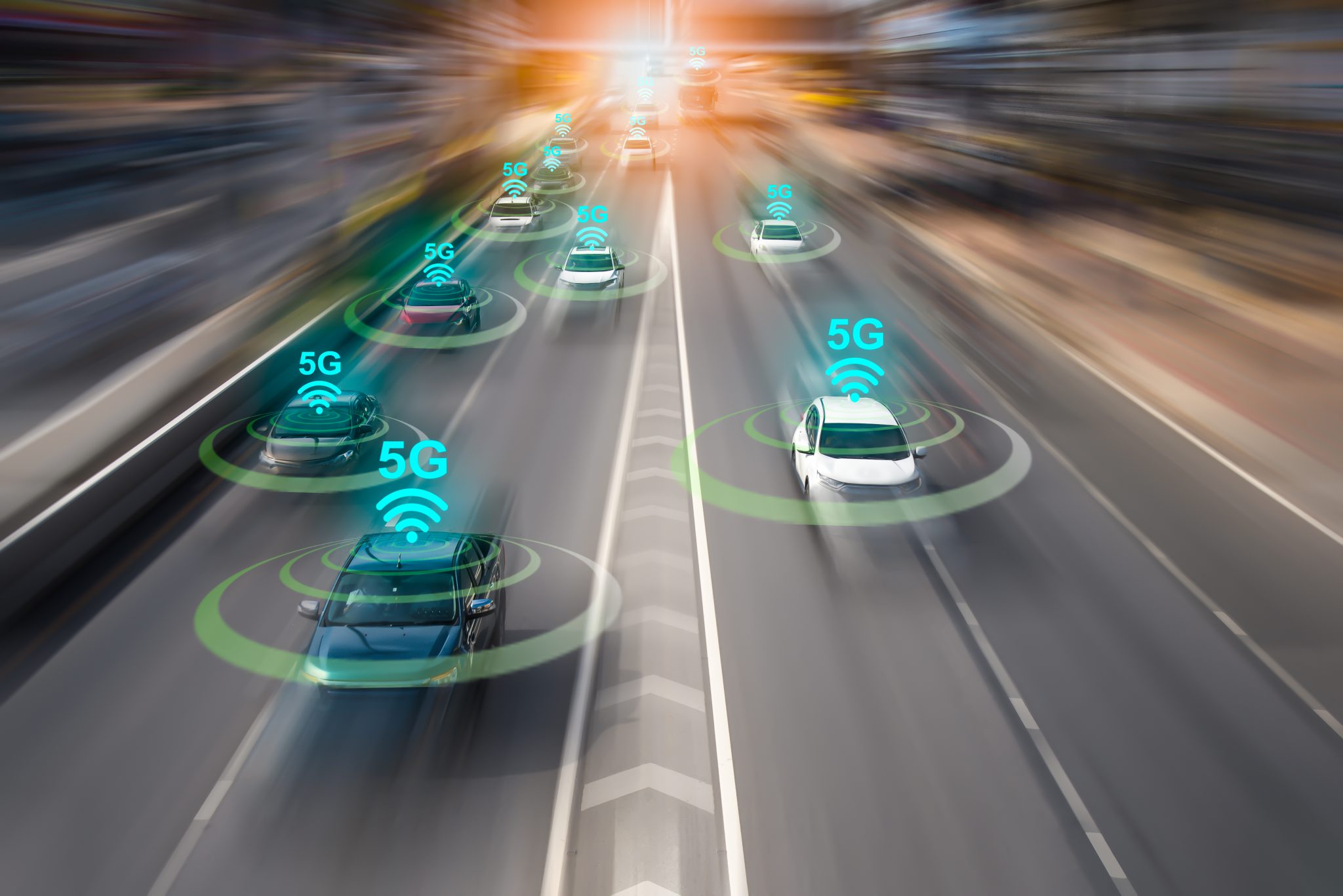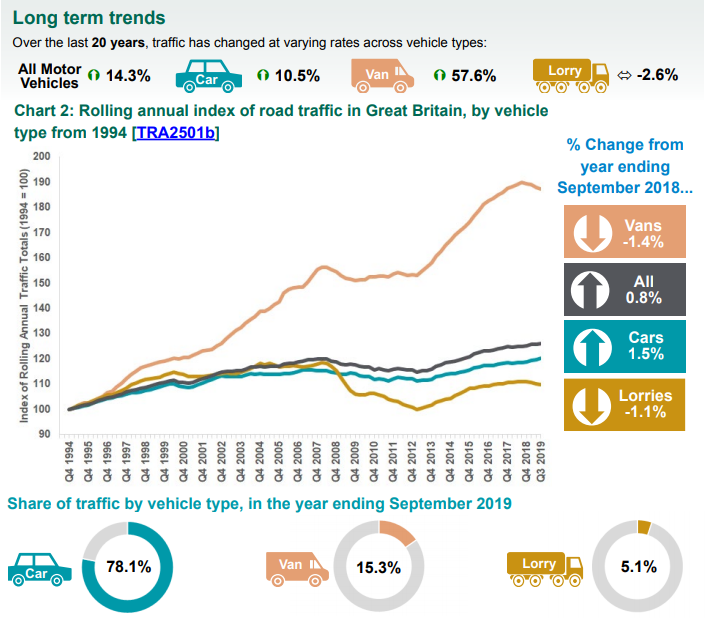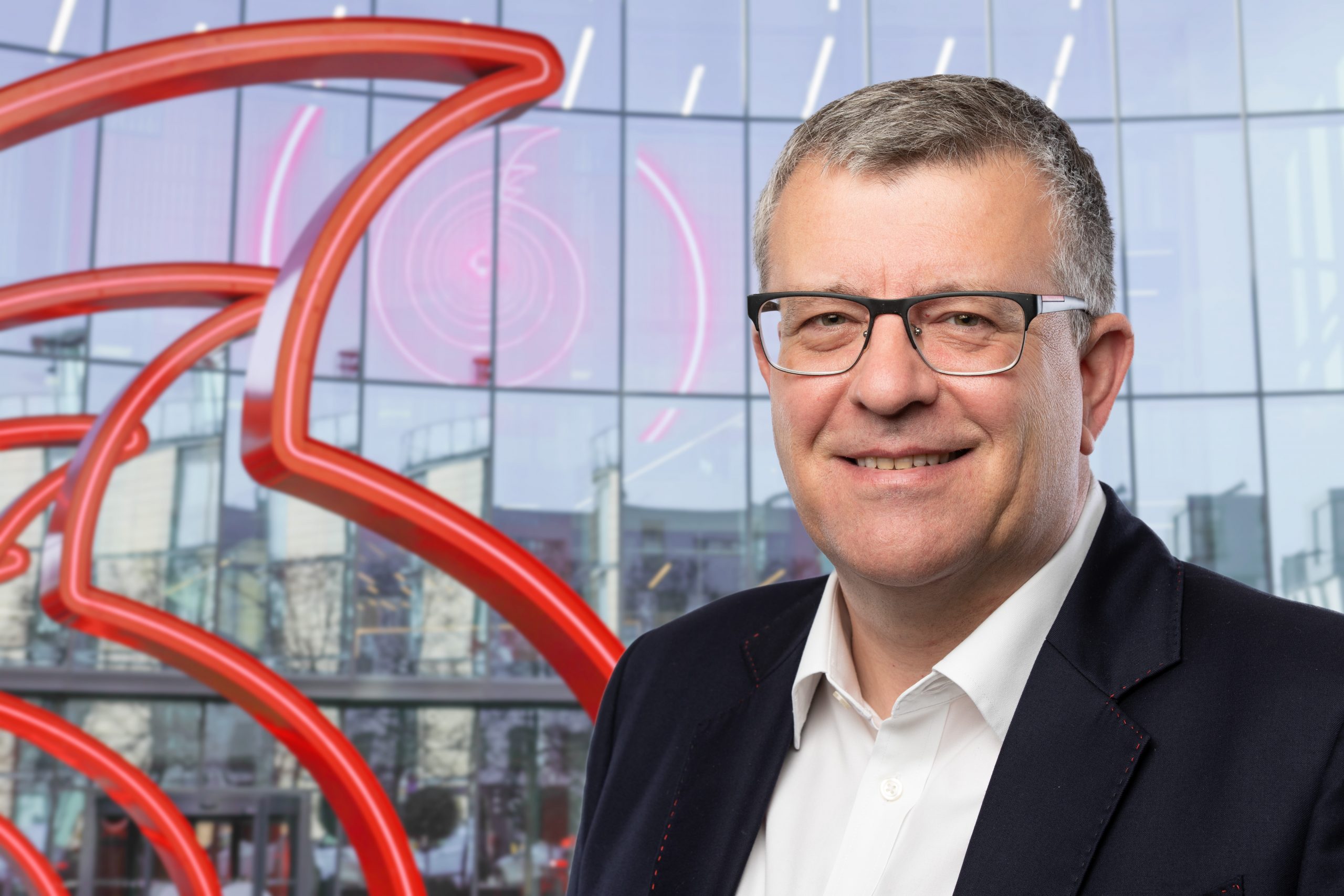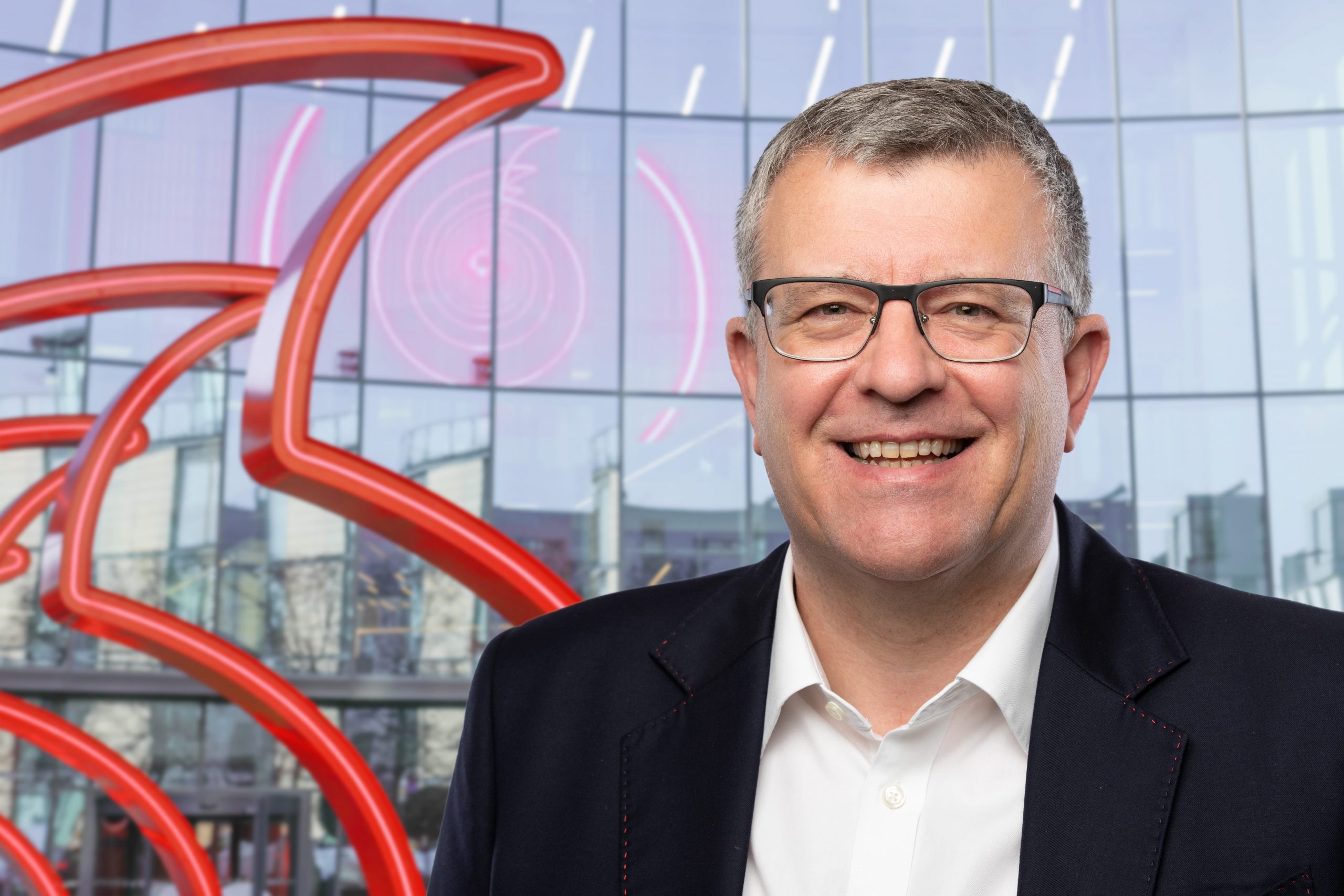
Sophisticated “black box” monitoring technology for vehicles can save businesses a small fortune, says Anne Sheehan, Director, Vodafone Business.
By incentivising drivers to accelerate and corner less aggressively, businesses can save fuel and thereby reduce carbon emissions. And more careful driving is safer driving, leading to fewer accidents and costly insurance claims.
Delivery and logistics firms have used this sort of tech for many years as a way to reduce costs and make sure their drivers take enough rest breaks.
But it’s fair to say it hasn’t really reached its full potential yet.
Nowadays, modern vehicles have an array of sensors, location trackers and on-board diagnostics. They gather reams of data that could be sent wirelessly in real time over superfast 5G mobile networks. And not only could this kind of connectivity keep drivers safer and traffic flowing more freely, it could also reduce pollution and carbon emissions.
There are also many improvements that could be delivered for business operations; transforming communications and supply chain efficiencies, saving money on insurance, increasing customer satisfaction, and safeguarding compliance obligations.
A new report from Vodafone (see Download Report button, top right) asks the Government to incentivise the use of “black box” devices in vehicles for all these reasons, and more.
Transport telematics technology lies at the heart of many innovations we hope to make to the future of driving and road use, and the report calls for improvements in our driving experience; for a change in how we think about vehicle insurance, safety systems, and traffic research.
Roads remain the most heavily used mode of transport, the UK’s road network is under considerable pressure. According to the Department for Transport’s provisional estimates, motor vehicles travelled more than 330 billion miles in Great Britain for the year ending September 2019. Traffic on motorways and A-roads increased 0.9% and 1.2% respectively since the previous year’s report.

The RAC estimates that at the end of September 2019, there were 38.9 million licensed vehicles in Great Britain, a 1.3% increase compared to its figures from 2018.
All the numbers are increasing!
Improved telematics systems could provide the help needed for our roads.
Hyper-connectivity is key; we are gradually moving towards a driving experience controlled by the Internet of Things (IoT), and technology will surely help roads to become more cost-effective, safer, and more sustainable.
5G roll-out is encouraging the rise of sensors and smart devices which, when combined, can allow real-time interaction between the road infrastructure and the vehicles that use it. Vehicle-to-Vehicle (V2V) and Vehicle-to-Everything (V2X) connectivity will create an ecosystem – via mobile networks – of cameras, radars and intelligent mapping, which in turn becomes part of the broad set of technologies underpinning the smart city vision.
Telematics tech could become central to solving some of our biggest challenges to do with urbanisation, congested transport infrastructure, and improving the environment – as well the fine-tuning of efficient business operations.
With the ultra-reliability and high bandwidth connection of Vodafone’s superior 5G connectivity, we are literally paving the way for the roads of the future.

![Nicki-Lead_image[OPTIMISED]](https://www.vodafone.co.uk/newscentre/app/uploads/2023/10/Nicki-Lead_imageOPTIMISED.jpg)




